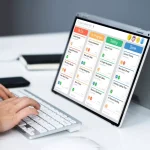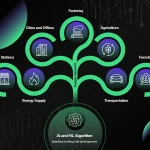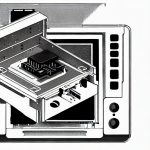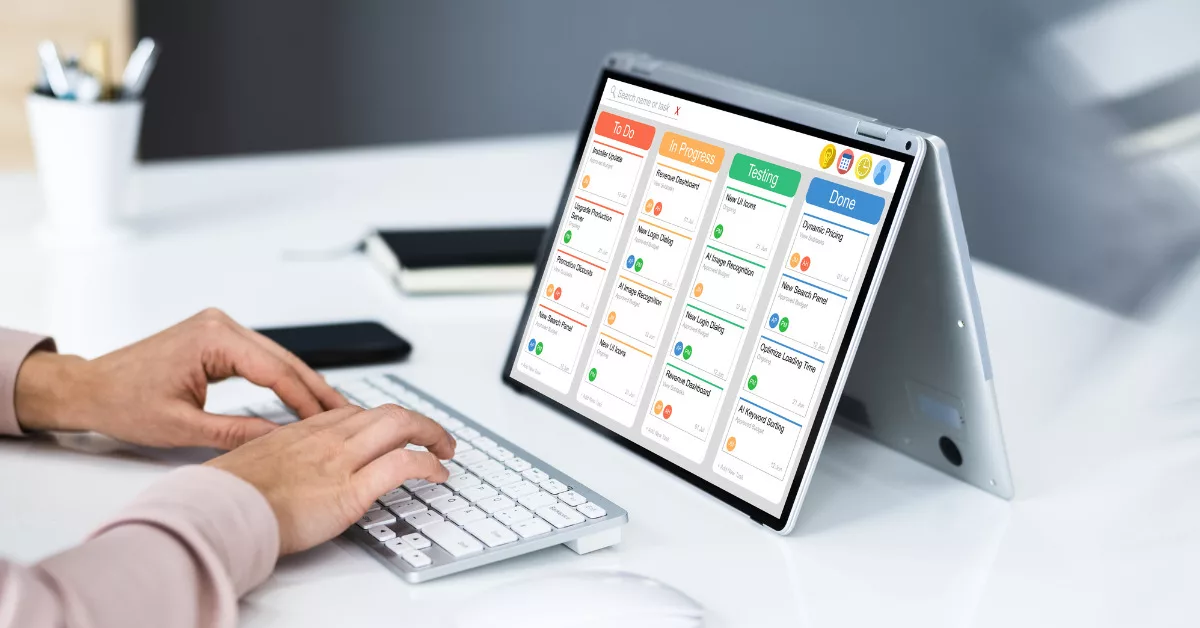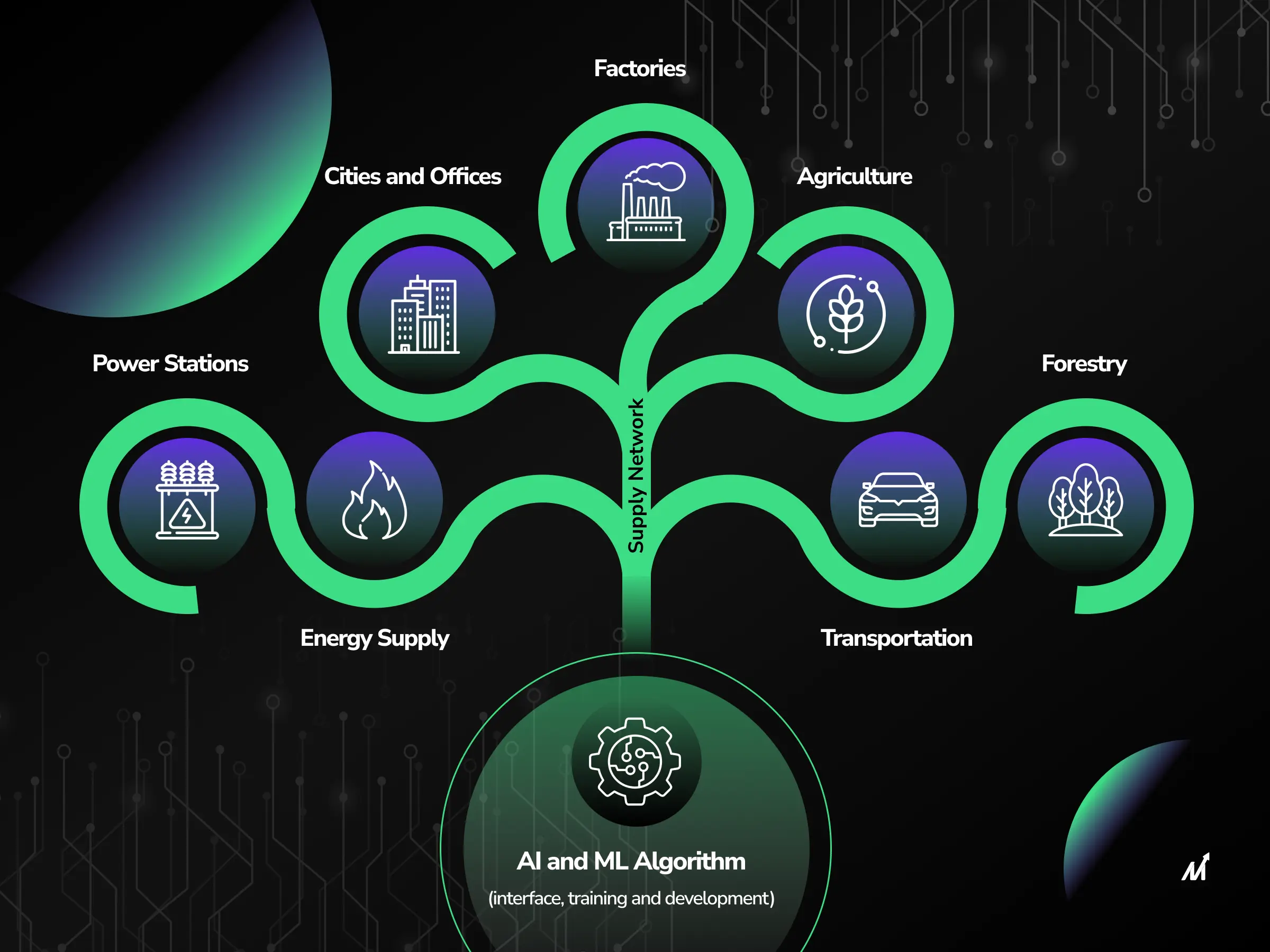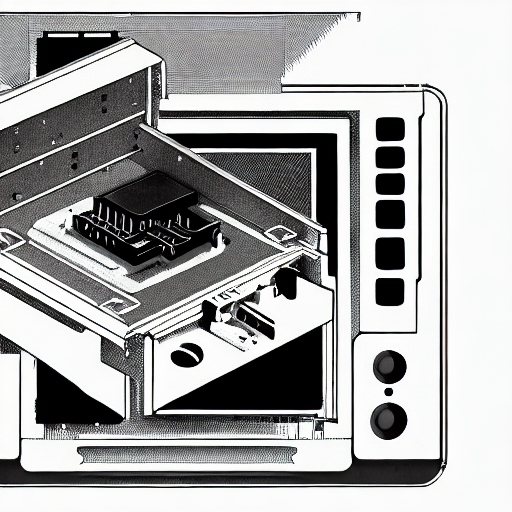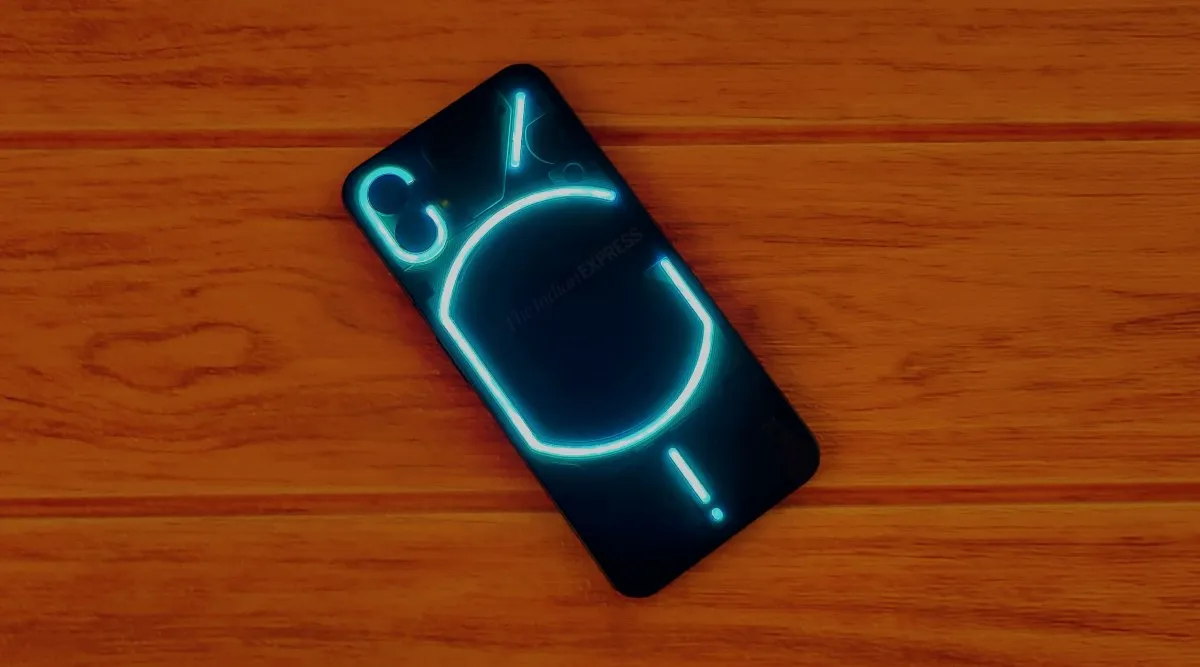The Internet of Things (IoT) is a revolutionary concept that involves a network of interconnected devices exchanging data without human intervention. This technology has the potential to transform various industries by improving efficiency, convenience, and data-driven decision-making. Some of the potential applications of IoT include smart home security systems, smart cities, wearable devices, smart farming, and smart retail. By utilizing IoT technology, these applications can enhance security, improve city infrastructure, optimize crop yields, and personalize marketing strategies. In this article, we will explore the diverse applications of IoT and how it is reshaping the way we live and work in today’s digital age.
The concept of the Internet of Things (IoT) is transforming urban spaces by revolutionizing the way cities operate and function. By integrating IoT devices into urban infrastructure, cities can enhance efficiency, sustainability, and overall quality of life for residents. One of the key applications of IoT in smart cities is traffic management and congestion reduction.
Traffic Management and Reduced Congestion
IoT technology enables cities to monitor traffic flow in real-time, optimize traffic light timings, and provide alternative routes to reduce congestion. By utilizing IoT sensors and data analytics, cities can improve the overall traffic experience for residents, reduce carbon emissions, and minimize fuel consumption. Efficient traffic management systems not only enhance public safety and emergency response times but also contribute to a cleaner and greener urban environment.
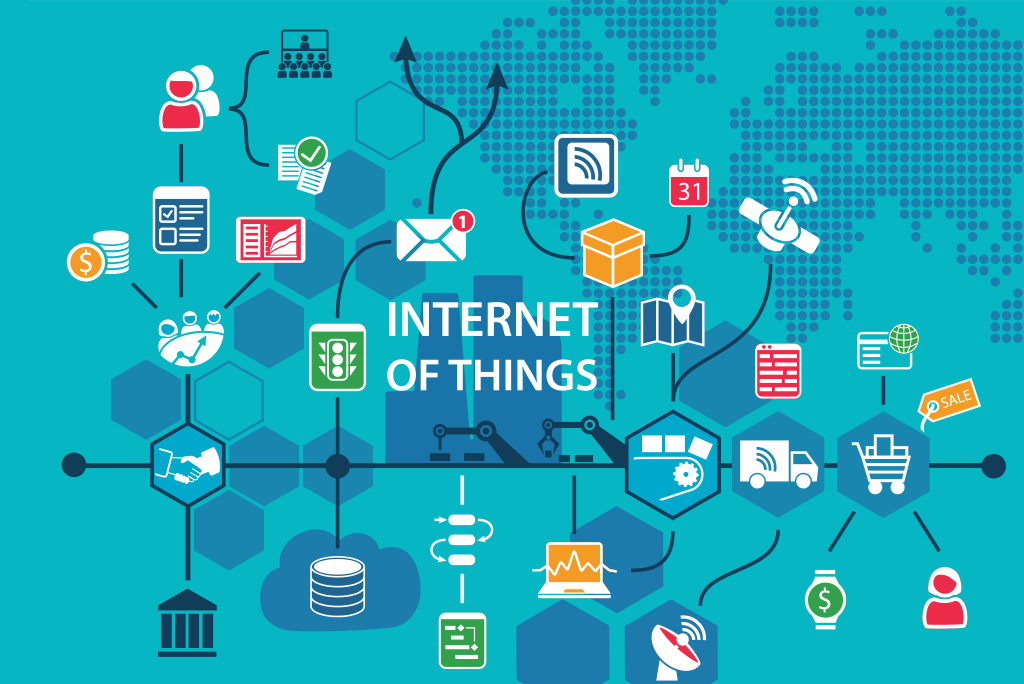
Efficient Waste Management Systems
Another crucial application of IoT in smart cities is efficient waste management systems. By implementing smart waste bins equipped with sensors, cities can optimize waste collection routes, monitor waste levels in real-time, and reduce unnecessary pickups. This not only improves the efficiency of waste collection services but also promotes recycling and proper waste disposal practices, ultimately leading to a cleaner and healthier urban environment.
Enhancing Energy Conservation
Smart cities are also enhancing energy conservation through the integration of IoT technology into energy management systems. By utilizing smart meters, sensors, and automated control systems, cities can monitor energy consumption, identify areas of inefficiency, and implement strategies to reduce energy waste. This results in cost savings for both the city and its residents, as well as environmental benefits such as reduced energy consumption and carbon emissions.
The Rise of Wearable Technology
Health and Fitness Monitoring
The rise of wearable technology has revolutionized the way we monitor our health and fitness. Wearable devices, such as smartwatches and fitness trackers, are equipped with sensors that can track various metrics like heart rate, activity levels, and sleep patterns. This data provides users with valuable insights into their overall well-being, empowering them to make informed decisions about their health and fitness goals.
These devices play a significant role in promoting a healthier lifestyle by encouraging users to stay active, monitor their progress, and make adjustments to their routines as needed. Whether it’s counting steps, monitoring calorie intake, or tracking sleep quality, wearable technology has made it easier than ever for individuals to take control of their health.
Personal Safety Devices
In addition to health and fitness monitoring, wearable technology also serves as personal safety devices. These devices offer features like emergency alerts, GPS tracking, and fall detection to enhance security and provide peace of mind for users in various situations. Whether it’s ensuring the safety of elderly individuals, tracking the location of children, or providing a sense of security during outdoor activities, wearable devices play a crucial role in keeping users safe and connected.
Personal safety devices have become increasingly popular as people prioritize their well-being and seek ways to stay protected in an ever-changing world. The convenience and peace of mind that these devices offer make them essential tools for individuals of all ages and lifestyles.
Improving Quality of Life through Data
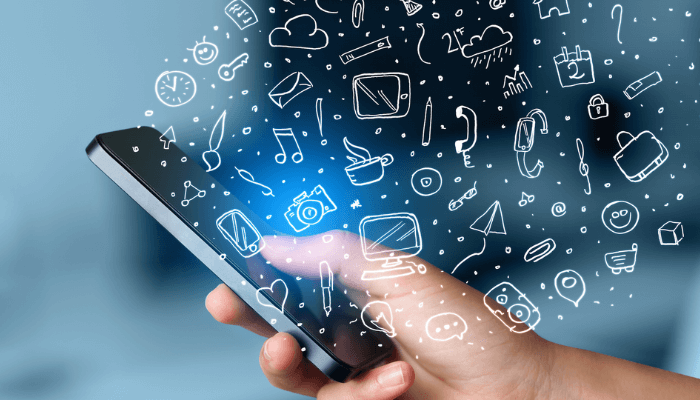
Wearable technology contributes to improving the quality of life through data by enabling continuous monitoring and analysis of vital information. By seamlessly integrating with IoT ecosystems, wearable devices can communicate with other smart devices to automate tasks and enhance efficiency in daily routines. For example, smartwatches can sync with home automation systems to adjust temperature settings upon arrival, or fitness trackers can share data with healthcare providers to facilitate personalized treatment plans.
This interconnected network of devices harnesses the power of data to streamline processes, enhance convenience, and ultimately elevate the overall quality of life for users. As wearable technology continues to evolve, it is poised to transform how we live, work, and interact with the world around us.
IoT, or Internet of Things, is a concept that involves the interconnection of various mechanical and digital devices to communicate with each other autonomously. This technology has numerous potential applications, one of which is smart farming. Smart farming utilizes IoT devices and sensors to monitor and manage agricultural processes efficiently.
Precision Farming Techniques
Precision farming techniques involve the use of IoT devices to analyze soil conditions, weather patterns, and crop health. By collecting data from sensors, farmers can make informed decisions to optimize farming practices and maximize crop yield. This data-driven approach enables farmers to enhance productivity while minimizing resource wastage.
Automated Irrigation Systems
Automated irrigation systems are a key component of smart farming, utilizing IoT sensors to monitor soil moisture levels and adjust irrigation accordingly. By automating the irrigation process, farmers can conserve water, reduce costs, and improve crop health. This technology ensures that crops receive the right amount of water at the right time, leading to increased efficiency in farming operations.
Crop Monitoring and Management
Crop monitoring and management involve the use of IoT devices to track crop conditions, growth patterns, and pest infestations. By collecting data on these factors, farmers can implement timely interventions to protect their crops and optimize yield. This real-time monitoring capability enables farmers to proactively manage their crops, leading to healthier plants and increased profitability.
Benefits of IoT in Agriculture:
- Enhanced productivity and efficiency
- Optimized resource utilization
- Improved crop quality and yield
- Real-time monitoring and decision-making
In conclusion, IoT technology is revolutionizing the agriculture sector by enabling farmers to adopt data-driven practices and optimize their operations. Precision farming techniques, automated irrigation systems, and crop monitoring are just a few examples of how IoT can transform traditional farming methods. By incorporating IoT devices and sensors, farmers can achieve sustainable agriculture practices and maximize their agricultural output.
Personalized Marketing Strategies:
- By utilizing IoT devices to track customer behavior and preferences, retailers can tailor their marketing efforts to individual customers.
- This can lead to more targeted advertising, personalized promotions, and a better overall shopping experience for customers.
- IoT technology can create a more personalized and engaging shopping experience that can increase customer loyalty and drive sales.
Efficient Inventory Management:
- By using IoT devices to track inventory levels in real-time, retailers can optimize their supply chain, reduce stockouts, and minimize overstocking.
- This can lead to cost savings, improved inventory turnover, and ultimately, higher profitability.
- IoT technology can revolutionize the way retailers manage their inventory, leading to more efficient operations and better customer satisfaction.
Enhancing Customer Service with Connected Devices:
- IoT in retail can greatly enhance customer service through connected devices that offer a seamless shopping experience and personalized interactions.
- By utilizing IoT technologies such as smart devices, sensors, and communication hardware, retailers can provide customers with real-time assistance, personalized recommendations, and convenient payment options.
- Overall, IoT applications in retail are transforming the industry by enabling personalized marketing strategies, efficient inventory management, and enhanced customer service.
IoT, or Internet of Things, is a concept that involves a network of interconnected devices with embedded hardware and software that can communicate with each other without human intervention. This technology has various potential applications across different sectors, such as smart home security systems, smart cities, smart wearables, smart farming, and smart retail.
Healthcare Advancements through IoT
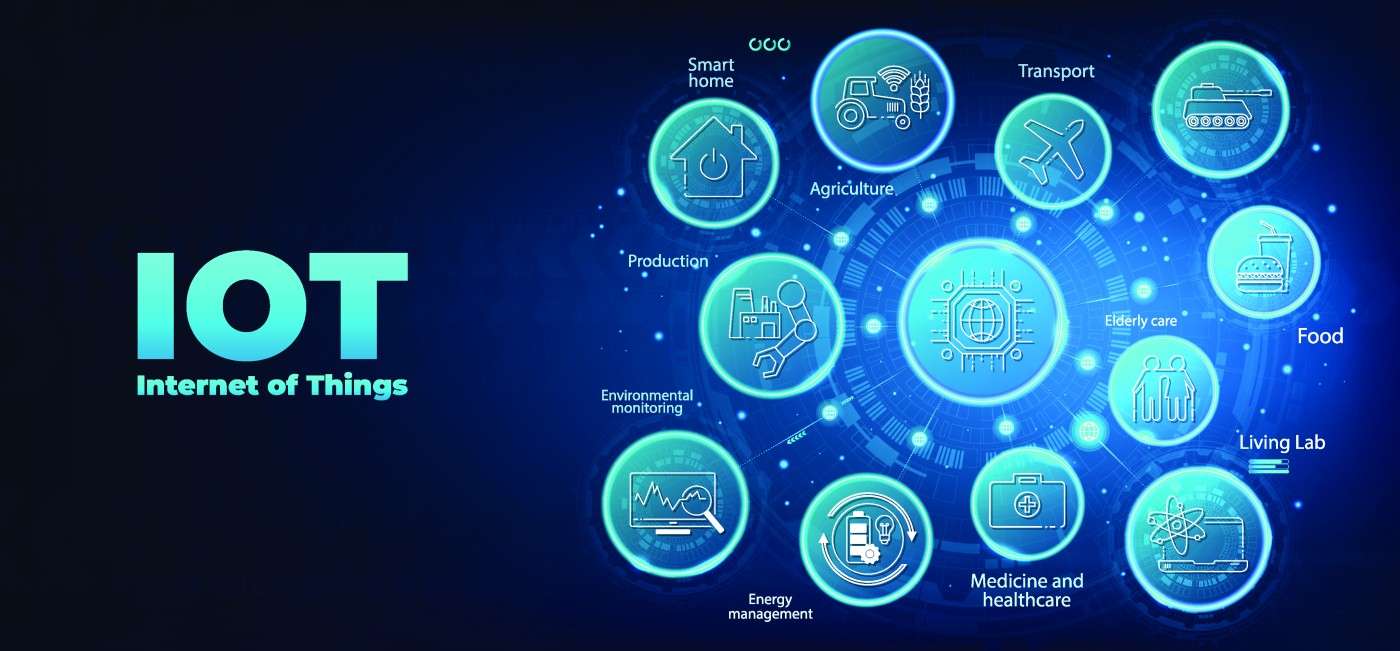
Remote Patient Monitoring
Remote patient monitoring is a significant application of IoT in healthcare. By utilizing IoT devices, healthcare providers can monitor patients remotely and track vital signs, medication adherence, and other health metrics in real-time. This enables early intervention, personalized care plans, and improved patient outcomes.
Data Analysis for Personalized Care
Data analysis plays a crucial role in providing personalized healthcare services through IoT. By collecting and analyzing data, healthcare providers can gain valuable insights into patient behavior, health trends, and treatment outcomes. This data-driven approach allows for tailored treatment plans, preventive care strategies, and improved patient engagement.
Wearable Health Devices
Wearable health devices are another essential aspect of IoT in healthcare. These devices enable continuous monitoring of patients’ health metrics, such as heart rate, activity levels, and sleep patterns. By leveraging wearable health devices, healthcare providers can gather real-time data to inform decision-making, personalize care plans, and enhance the overall patient experience.
One key aspect of optimizing buildings and infrastructure through IoT is Smart Building Automation. By integrating IoT devices such as sensors, actuators, and controllers, buildings can be automated to regulate lighting, heating, cooling, and other systems based on real-time data and user preferences. This not only enhances user comfort and convenience but also leads to energy savings and reduced operational costs. Smart Building Automation plays a crucial role in creating sustainable and energy-efficient buildings.
Reducing Operational Costs
In addition to Smart Building Automation, IoT also contributes to reducing operational costs in buildings and infrastructure. By monitoring and analyzing data from various systems and devices, IoT can identify inefficiencies, predict maintenance needs, and optimize resource utilization. This proactive approach helps in avoiding costly breakdowns, prolonging the lifespan of equipment, and streamlining operations. Overall, leveraging IoT technologies for reducing operational costs can lead to significant savings and improved performance in buildings and infrastructure.
Sustainability and Energy Management
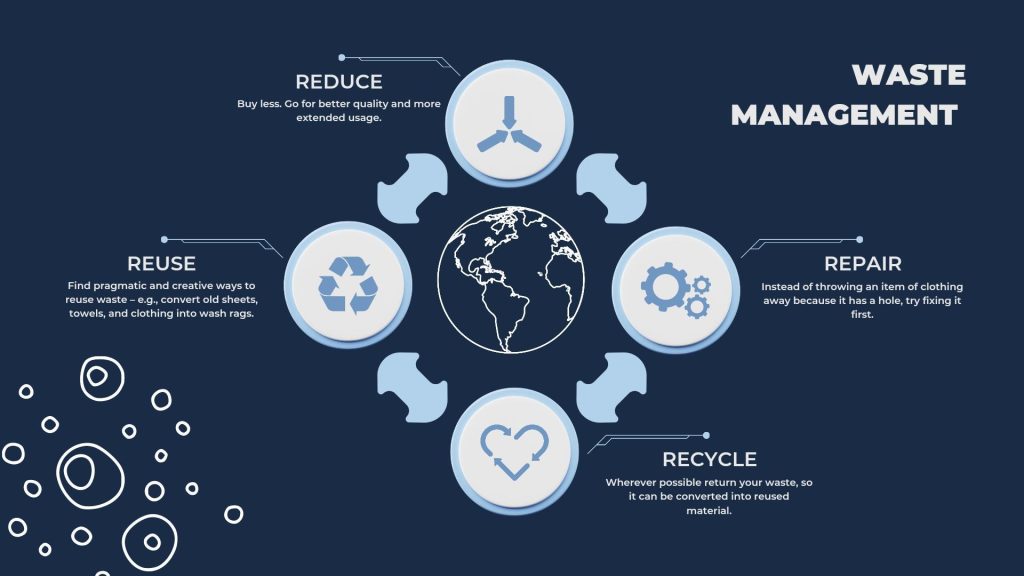
The data provided offers a comprehensive overview of IoT (Internet of Things) and its significance in optimizing buildings and infrastructure. IoT involves a network of interconnected devices that exchange data without the need for human intervention. This technology enables organizations to operate more efficiently, enhance customer service, make informed decisions, and increase the overall value of their business. By using IoT, data can be transferred over networks, allowing for smart building automation, reduced operational costs, and improved sustainability and energy management practices. IoT devices equipped with sensors and software can collect and analyze data locally before sending it to the cloud, minimizing bandwidth consumption and facilitating seamless communication between devices to optimize building operations.
Benefits of IoT in Buildings and Infrastructure:
- Enhanced operational efficiency
- Improved sustainability practices
- Cost savings through automation
- Real-time data analysis for informed decisions
Furthermore, IoT benefits organizations by monitoring overall business processes, improving customer experience, saving time and money, enhancing employee productivity, enabling better business decisions, and generating more revenue. Various industries, including manufacturing, transportation, agriculture, and home automation, can leverage IoT to automate processes, reduce labor costs, improve service delivery, and enhance overall operational efficiency. For example, IoT can benefit farmers by automating farming techniques based on data collected from sensors monitoring environmental conditions. Additionally, IoT can play a crucial role in monitoring infrastructure operations, ensuring safety, reducing operational costs, and enhancing incident management and response. Overall, IoT is a transformative technology that continues to advance and revolutionize the way businesses operate and optimize their buildings and infrastructure.
Security and Privacy Concerns in IoT:
- Potential for cyberattacks
- Data breaches and privacy violations
- Device management challenges
- Compatibility issues between devices
In terms of security and privacy, IoT presents both advantages and challenges. While IoT enables access to information from anywhere, improves communication between devices, and automates tasks to improve service quality, it also increases the attack surface, making device management challenging and raising compatibility issues between devices. Security concerns in IoT include the potential for cyberattacks, data breaches, and privacy violations, emphasizing the importance of implementing robust security measures to protect sensitive data and ensure the integrity of IoT systems. By understanding the benefits and drawbacks of IoT, organizations can harness its potential to optimize buildings and infrastructure while mitigating security risks and safeguarding data privacy.
conclusion
In conclusion, the Internet of Things (IoT) has revolutionized various aspects of our lives, from smart homes to urban spaces, wearable technology to agriculture, retail to healthcare, and buildings and infrastructure. By connecting devices and utilizing data analytics, IoT has enhanced convenience, efficiency, and security in our daily routines. The potential applications of IoT are vast and continue to evolve, offering endless possibilities for innovation and improvement in numerous industries. As we embrace the interconnected world of IoT, we can look forward to a future filled with smarter, more sustainable, and interconnected technologies that will continue to shape and enhance the way we live and work.


